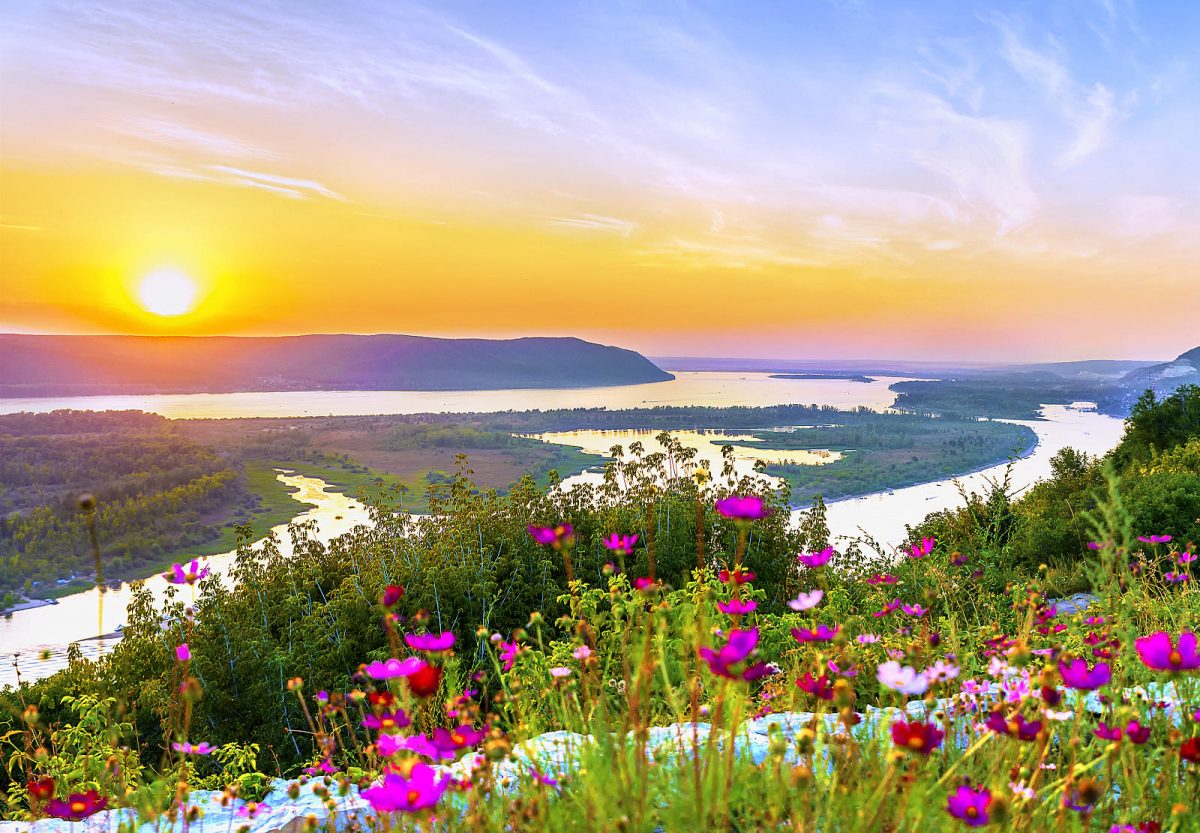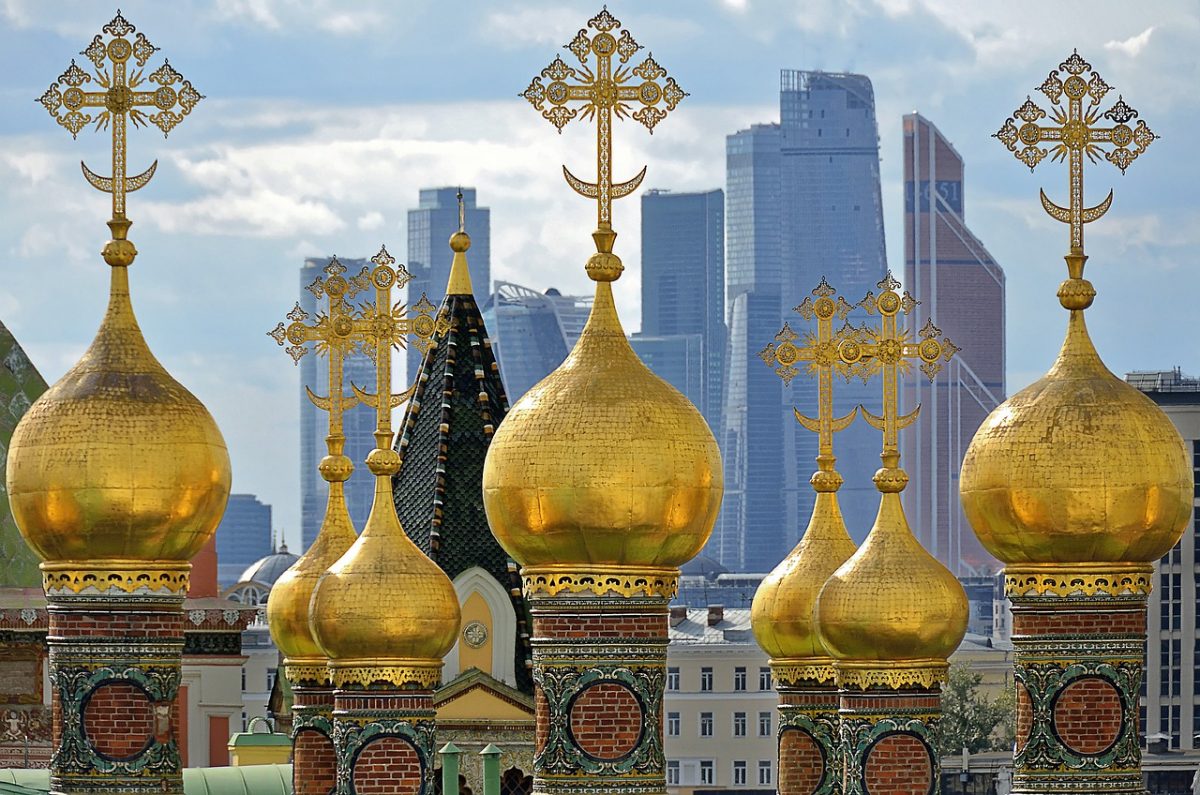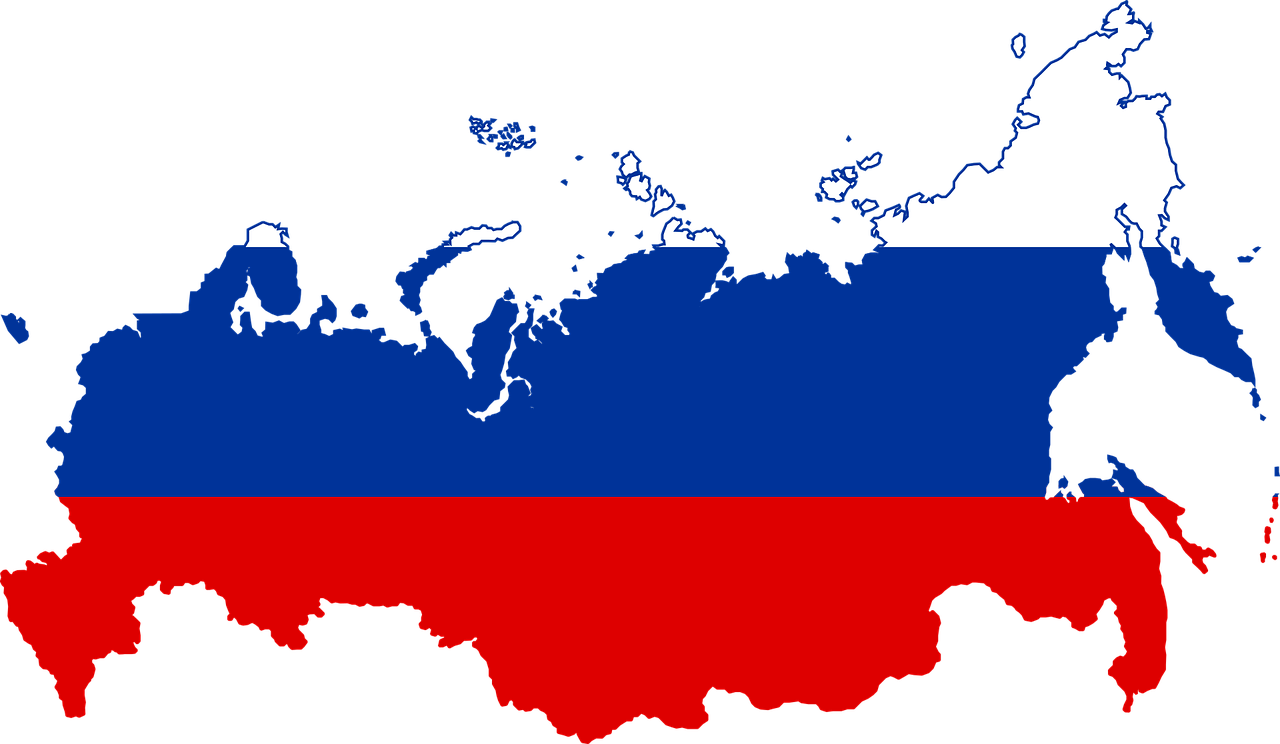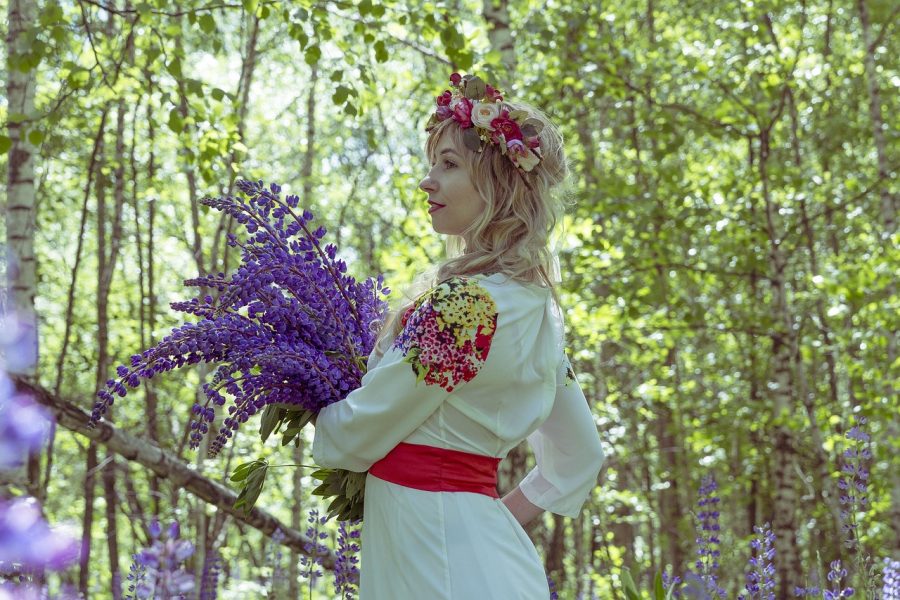No Russian can hear “Volga” without picturing the river’s vast, thundering waters, gracious ships, and hovering ivory gulls. Mother Volga’s place in every Russian heart is assured and celebrated in the famous song of the Volga boatmen, “Mighty stream so deep and wide, Volga, Volga, our pride”.
“Every country has its national river, and Russia has the Volga – the longest river in Europe, the Queen of rivers – and I was one of the many who went to bow to her Majesty River Volga” – the famous French author Alexandre Dumas once wrote.
Russian ties to the Volga run solid and deep. The river enjoys mythological status, having been serenaded and honored in poems, paintings, and music. Itinerant laborers known as burlaks in Tsarist Russia hauled the boats on long ropes pulled by teams on the riverbanks. At the time, it was cheaper to use human labor than that horses or other draft animals. As the men hauled, they sang songs to help maintain a steady rhythm.
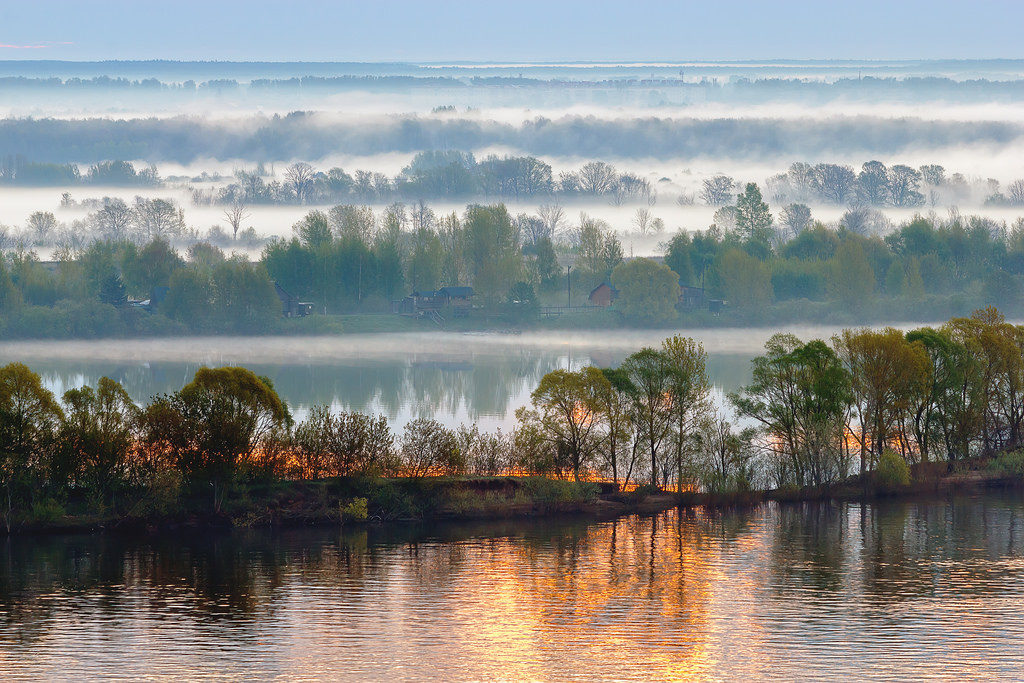
The Volga’s source is in the remote Valdai Hills, west and south of the Rybinsk Reservoir. It proceeds southeast toward Yaroslavl, eventually flowing into the Caspian Sea. Half of Russia’s river cargo is transported along the Volga, and its water is used to irrigate the steppe regions of the south. Nearly the entire length of the Volga is navigable from about March until mid-December.
Although industrialization has marred its traditional clarity, much of its size is covered in a matchless wild beauty. The Volga Delta is a must-see for anyone interested in wildlife. Its marshland climate has become a refuge for beavers, otters, and countless birds, from herons to the great bald eagle. Another must for nature-lovers is the Samara Bend National Park, famous for its woodland hikes and stunning views of the Volga.
Sights and stops along the Volga include the Rybinsk Lock, with its statue of Mother Volga and Cathedral of the Transfiguration; the Golden Ring city of Yaroslavl with its lovely riverside promenade and colorful churches; another Golden Ring city called Kostroma, historically a center of trade and the arts, with its legendary Ipatyesky Monastery; and the medieval city of Uglich.
If you wish to relax on a summer holiday, there are countless places along the Volga’s lush green banks. The extraordinary sense of tranquility that permeates from the river at sunrise has long captivated Russian artists. As the sun warms up, you can dip in the river as many young Russians do or sunbathe on the sandy beaches like those at Samara.
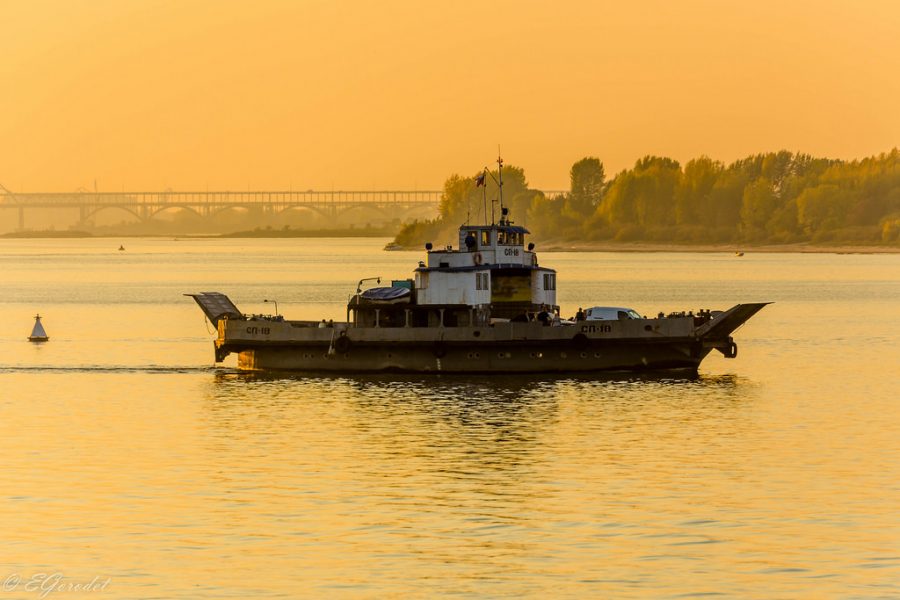
Seven thousand years ago, the river’s lower reaches were the cradle of Indo-European culture. Since then, the Volga has played a central role in Russian history and folklore. The great bend in the river around Samara was the haunt of the colorful 17th-century Kazak bandit Stenka Razin. At the same time, the lower plains were the scene of the Pughachev rebellion, romanticized in Pushkin’s novel “The Captain’s Daughter”.
Today almost 50 million people live in the Volga basin, one-third of Russia’s population, and many of Russia’s most significant cities call its banks home. It remains a crucial transportation route, navigable with the help of giant locks and canals.
Volga-Baltic Waterway: Completed in 1964 to replace the antiquated Mariinskaya Canal, the Volga-Baltic Waterway is a system of rivers and canals linking Russia’s Volga with the Baltic Sea. Spanning 229 miles and including seven locks, the waterway starts in Rybinsk and journeys along the Svir and Neva Rivers, emptying into the Gulf of Finland, an arm of the Baltic Sea, at St. Petersburg.
The Volga River has many tributaries, most notably the Kama, the Oka, the Vetluga, and the Sura rivers. The Volga and its tributaries form the Volga river system, which drains an area of about 1.35 million square kilometers in Russia’s most heavily populated part. The Volga Delta has a length of about 160 kilometers and includes as many as 500 channels and smaller rivers. The Volga freezes for most of its size for three months each year.
It drains most of Western Russia, and its many large reservoirs provide essential irrigation and hydroelectric power. The Moscow-Volga Canal, the Volga-Don Canal, and the Mariinsk Canal system form navigable waterways connecting Moscow to the White Sea, the Baltic Sea, the Caspian Sea, the Sea of Azov, and the Black Sea. High levels of chemical pollution currently give cause for environmental concern.
The fertile river valley provides a tremendous wheat-growing region and has many mineral riches. A large petroleum industry centers on the Volga valley. Other minerals include natural gas, salt, and potash. The Volga Delta and the nearby Caspian Sea offer superb fishing grounds. Astrakhan, at the delta, is the center of the caviar industry.
Volga River, Nizhny NovgorodVolgograd and Nizhny Novgorod are important manufacturing cities on the banks of the Volga. During Soviet rule, Nizhny Novgorod was closed to foreigners. Other rivers’ important cities include Saratov, Kazan, Tolyatti, and Samara.
Nine major hydroelectric power stations and several large artificial lakes formed by dams lie along the Volga. The largest of the lakes are, from north to south, the Rybinsk, Nizhny Novgorod, Samara, and Volgograd reservoirs.
The ancient scholar Ptolemy of Alexandria mentioned the Volga in his Geography. The river basin played an essential role in the great movements of people from Asia to Europe. A powerful Bulgarian empire once flourished where the Kama river joins the Volga. Also, Volga passed through the Khazar khaganate. Volgograd witnessed the Battle of Stalingrad, the primary victory of the Soviet Union over Germany in World War II.
The Russian people’s deep feeling for the Volga often finds echoes in their songs and literature. The Volga region is also home to a large German minority group, the Volga Germans. Under the Soviet Union, a large slice of the region was turned into the Volga German Autonomous Soviet Socialist Republic to house the Volga Germans.
